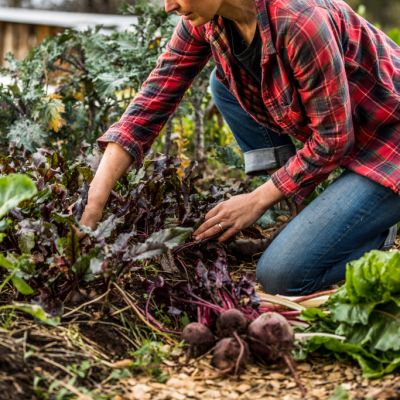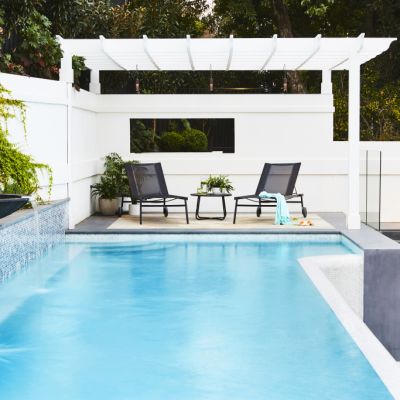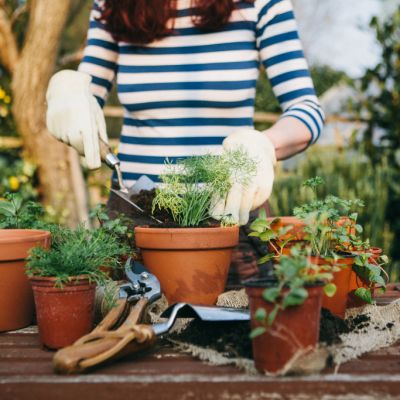Turning your small apartment balcony into a serene green space

Spending time in green spaces and surrounding ourselves with plants is known to have positive effects on our mental health, so it’s only natural that we’d want to bring some of that energy into our homes.
While there’s now a push to include more greenery in new apartment developments and some savvy developers using it as a selling point to woo potential buyers, many of us still live in older-style apartments that have limited access to mood-boosting plants.
For Prue Glazebrook, growing up on a sheep and beef farm in rural New Zealand with an abundance of rich land where everything you ate was picked from the back garden, moving to a small inner-city apartment in Sydney took some getting used to.
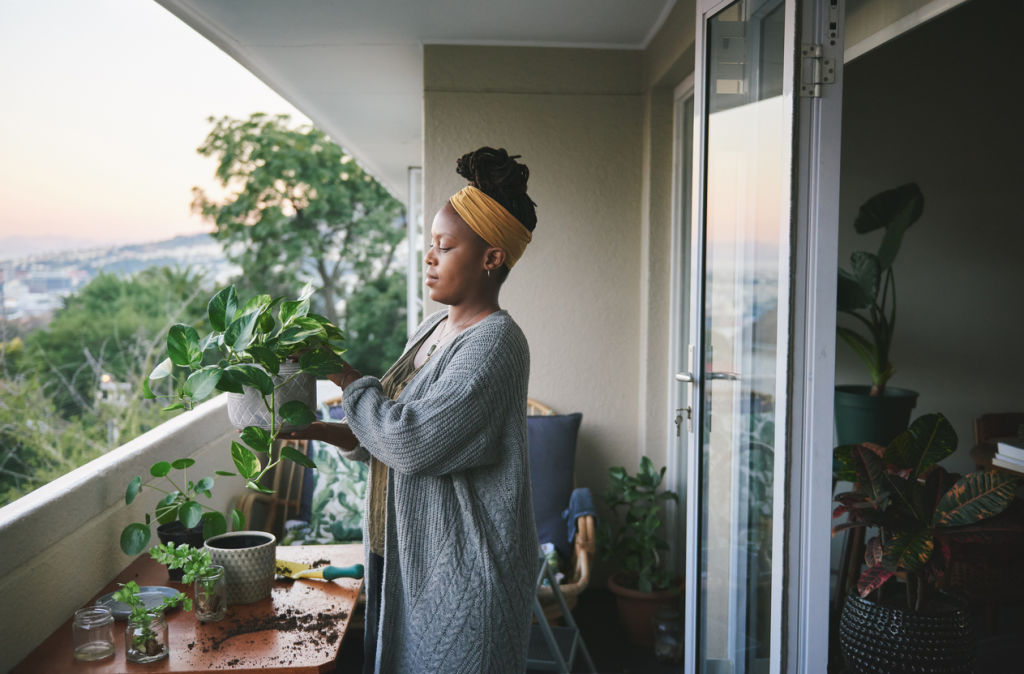
“I didn’t realise how lucky I was to have that growing up.”
Glazebrook spent two years working in corporate roles but longed for the natural surrounds of home. Keen to create a green space and grow her own food, she began designing and making planters and pots outside of her nine-to-five, selling them at markets around the city.
This is how her now successful business Urban Eden came to life.
“I found it [the move] pretty hard and didn’t cope overly well with the change. Having this starting off as a hobby was a nice outlet for me,” Glazebrook says.
“I wanted to make something that made gardening easier for people.”
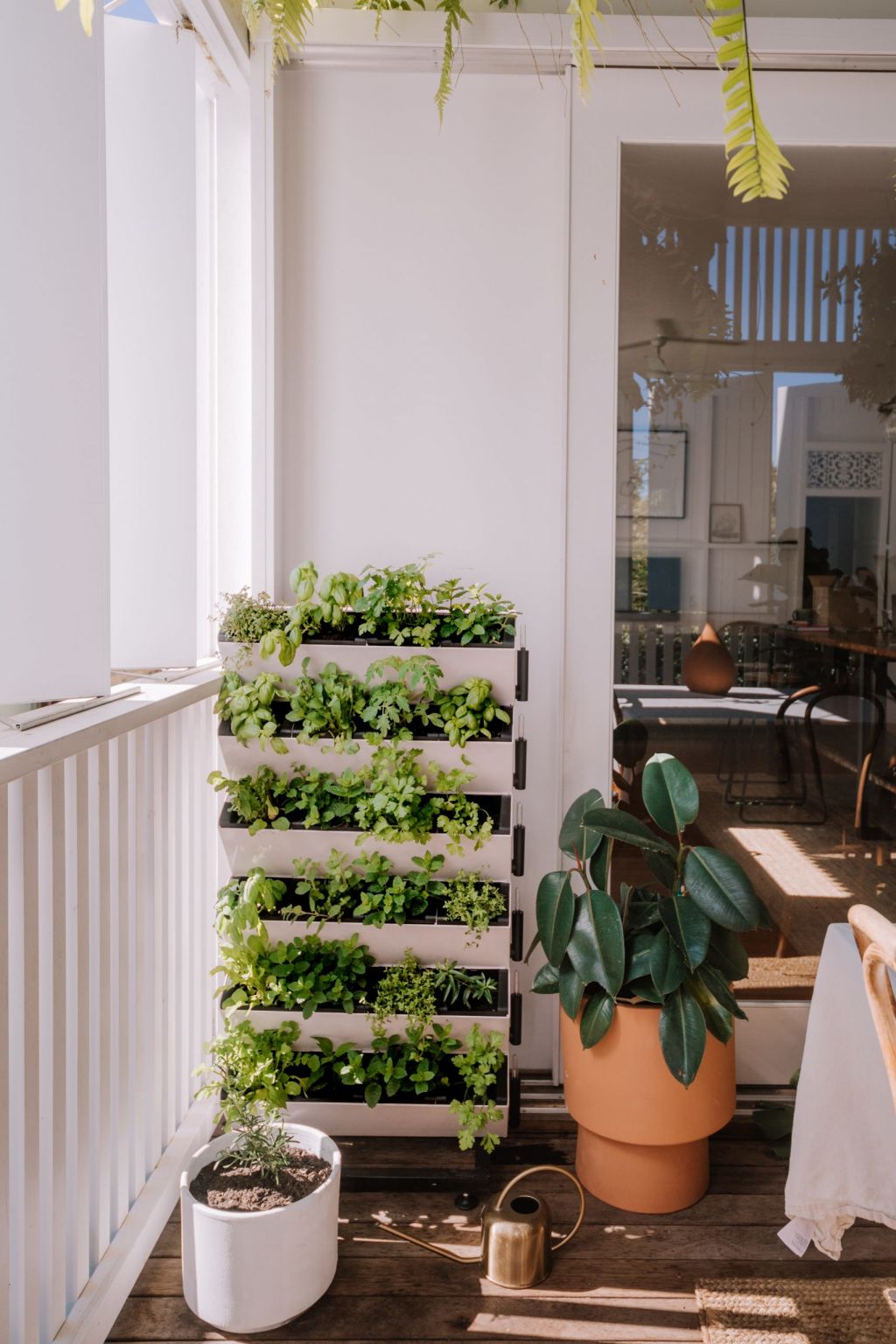
Glazebrook now has a range of pots, planters, vases and vessels, as well as vertical gardens. Great for herbs, succulents, or anything else you wish to grow, vertical gardens have space for up to 24 plants and stack together like building blocks so they can be reconfigured in different ways to suit your space.
They’re also self-watering so allow plant roots to access a well of water that sits at the base of each planter row. Your plants will take water as they need it — perfect for those of us who are prone to over-watering.
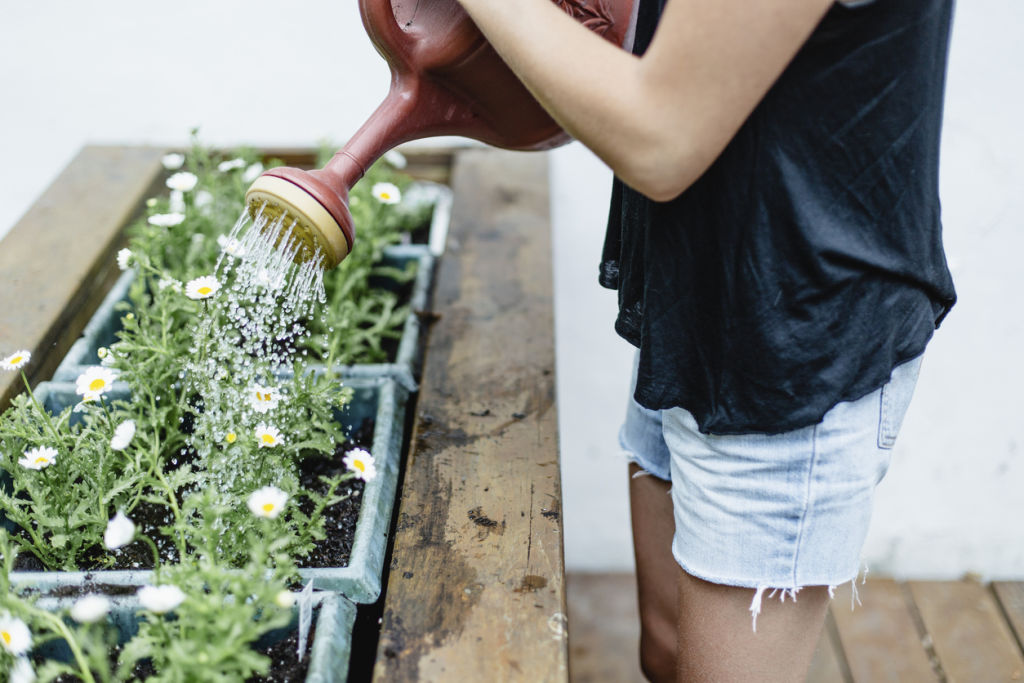
Kirsty Sinclair, a designer at Balcony Gardens by DEEPDALE specialising in small space gardens, says there are a few things to think about to ensure you have a thriving balcony garden — mainly the conditions, the time you have to dedicate to the garden and how you plan to use it.
“Understanding the conditions and the weather elements is vital to creating a successful balcony garden. Conditions will vary according to the floor level, direction the balcony faces, the amount of sunlight and reflected light over the course of the day, and wind over the various seasons. Plant choices will vary according to these factors,” she says.
Sinclair says positioning pots in clusters will make it much easier to care for them, and will create a microclimate that will help plants to thrive. Choosing different pot shapes and heights will add interest and variety.
“There are excellent choices in lighter weight pots that make it easier to move pots as needed, and also avoid adding too much weight to the balcony,” she says.
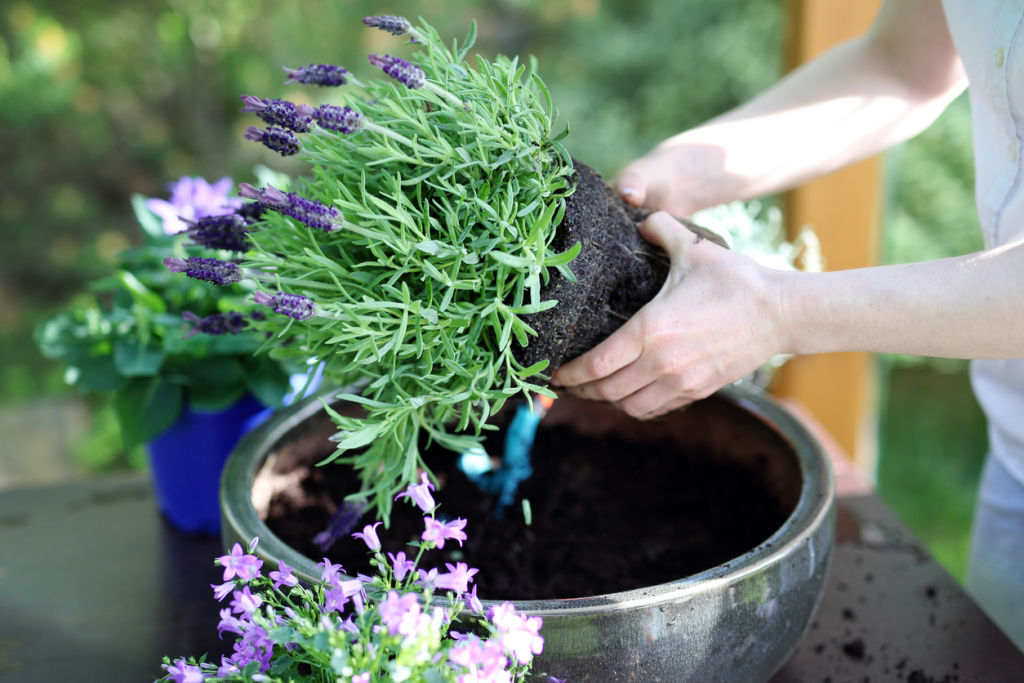
If you live in a cooler climate, citrus, olives, herbs, lavender, gardenia, clivia, geranium, hellebores, cyclamen, succulents, ferns and seasonal veggies such as beetroot, leek and spinach are all safe bets.
If you’re located in a warmer climate, citrus, olives, herbs, canna, mandevilla, allamanda, pentas, salvia, palms, succulents, ferns, dwarf bougainvillea, as well as broccoli or broccolini, lettuce and tomato should be your go-to picks.
“The first few weeks will require extra attention to water the plants, then depending on the time of year and location, watering will vary from a few times a week to once a week in most cases,” Sinclair says.
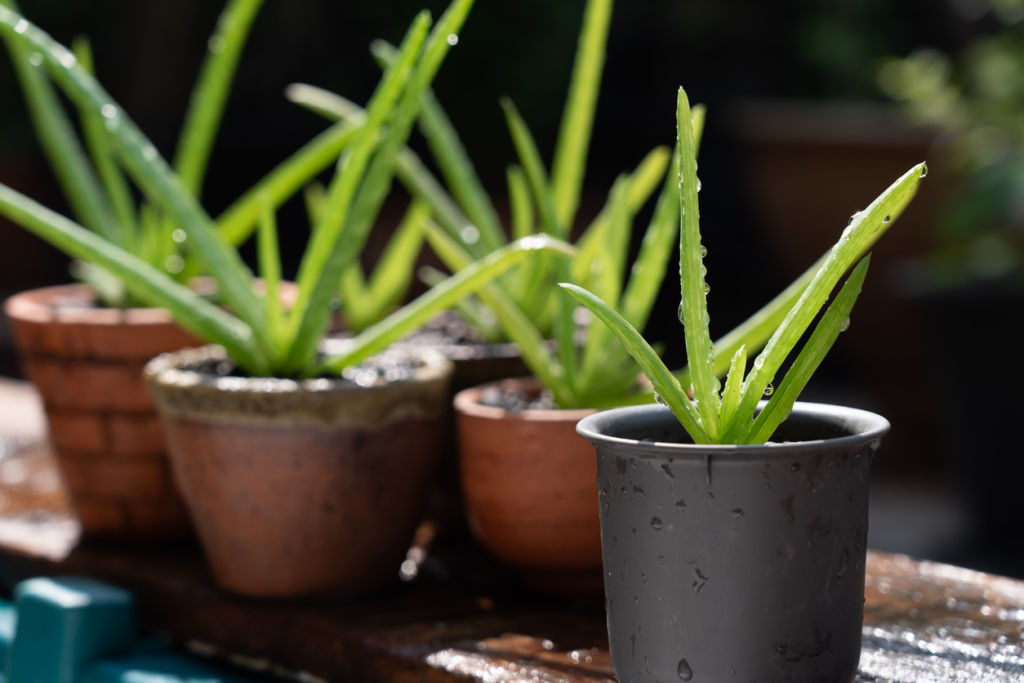
We recommend
We thought you might like
States
Capital Cities
Capital Cities - Rentals
Popular Areas
Allhomes
More
